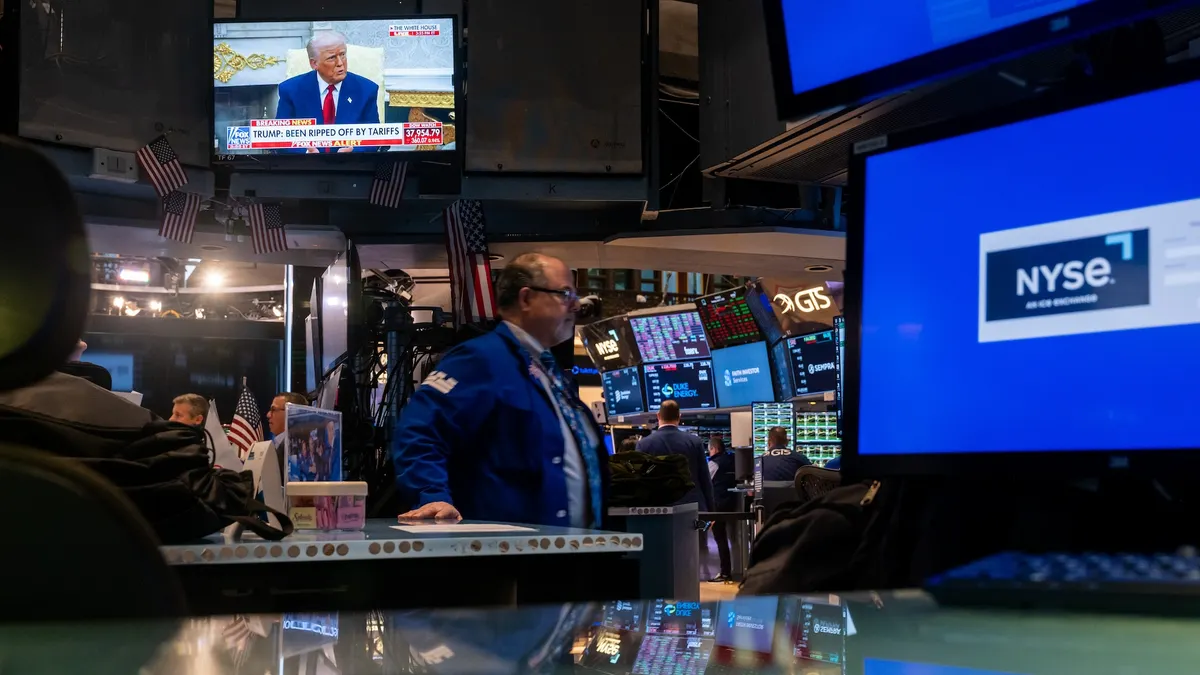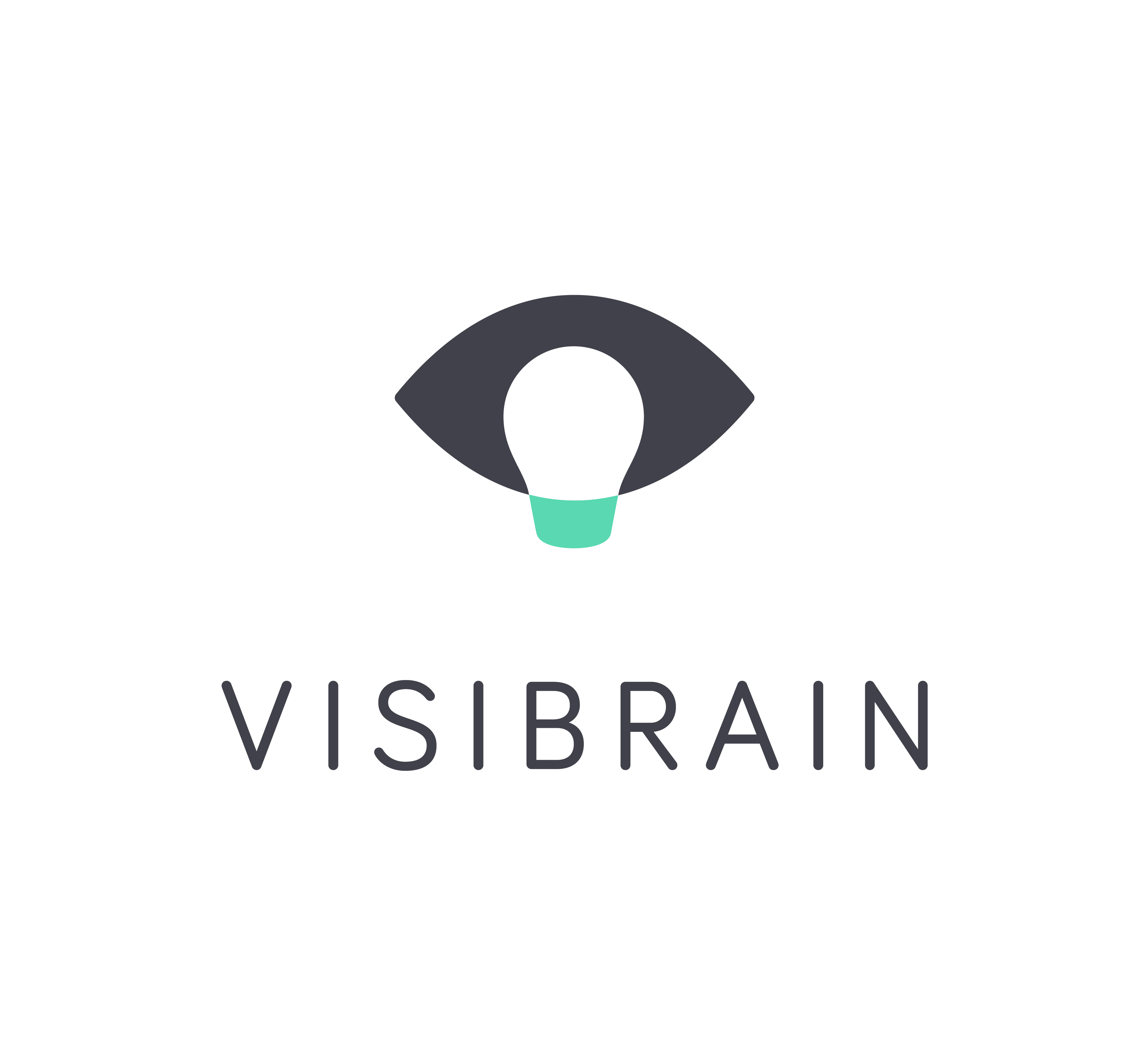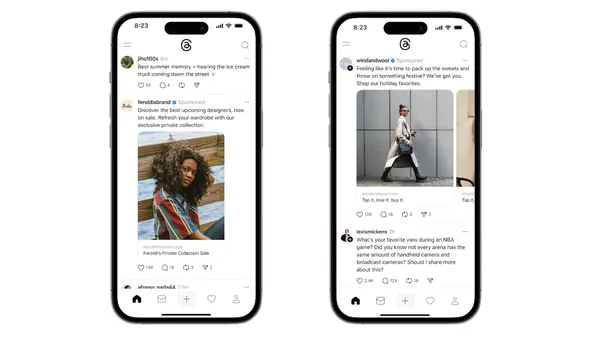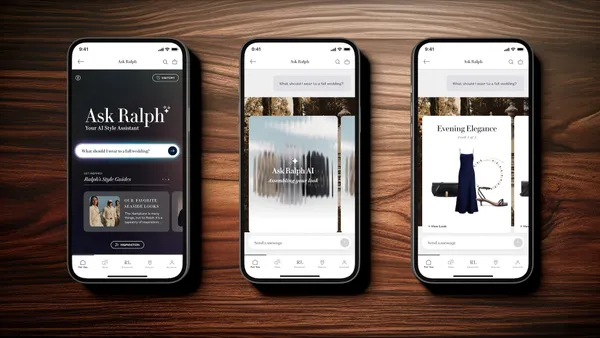Dive Brief:
- In-app ad spending is expected to reach $201 billion worldwide by 2021, a 3x lift over $72 billion in spending in 2016, per an App Annie post.
- The report pointed out mobile accounts for 51% of digital ad spending, and that brands are now embracing mobile since users in top markets are spending more than four hours per day on their smartphones. The outlook reflects a global advertiser mobile spend that will grow from $13 to $52 per user over the forecast period.
- App Annie also pointed to regional differences with the Americas expected to maintain the lead in mobile ad spending at $100 billion by 2021. Mobile ad spending is on the rise across the globe, with growth forecast for Europe as well as the Middle East and Africa, although at a slower pace.
Dive Insight:
The App Annie report highlights how marketers are trying to advertise where the audience can be found, which is increasingly on mobile devices inside some of the most popular apps, like Facebook, Instagram, Snapchat and others. Overall, consumers are spending more with digital media. While apps have a smaller overall audience compared to the mobile web, 58% of total digital media time is in apps.
A challenge that brands have faced on mobile is the best way to engage users given that the use case is so different. App Annie reports that advertisers and platforms are combining forces to learn what works in mobile advertising, how to measure and optimize campaigns and to keep up constant innovation in mobile ad formats such as banner, full-screen interstitial, video, native, vertical, or playable ads.
The real value in mobile advertising, according to App Annie, is its highly targeted appeal and the ability to deliver “incredibly relevant ads,” even more so than on the desktop. One area where marketers might have some pause with mobile advertising is in measurement reporting and metrics around individual campaigns. At the same time, the audience is simply too large and too engaged to ignore. And mobile offers marketers’ unique opportunities for personalization with location and beacon-triggered ads, retargeting based on offline activities such as the latest features rolled out by Facebook and offerings from Google’s ad platforms, and












